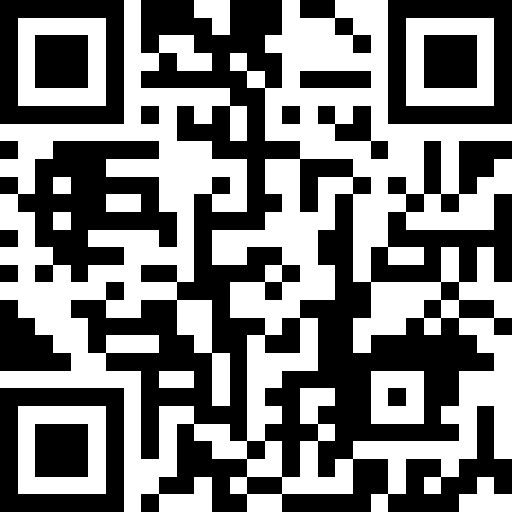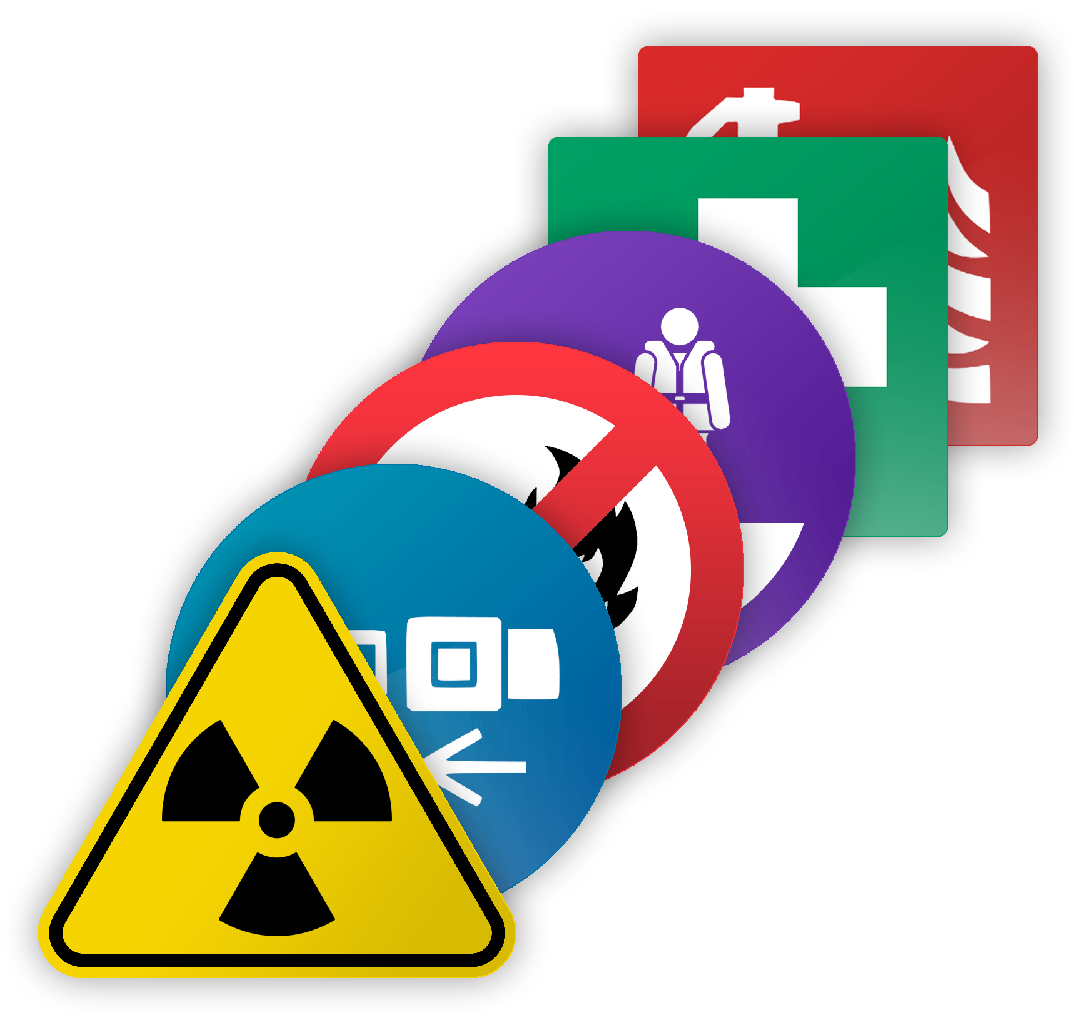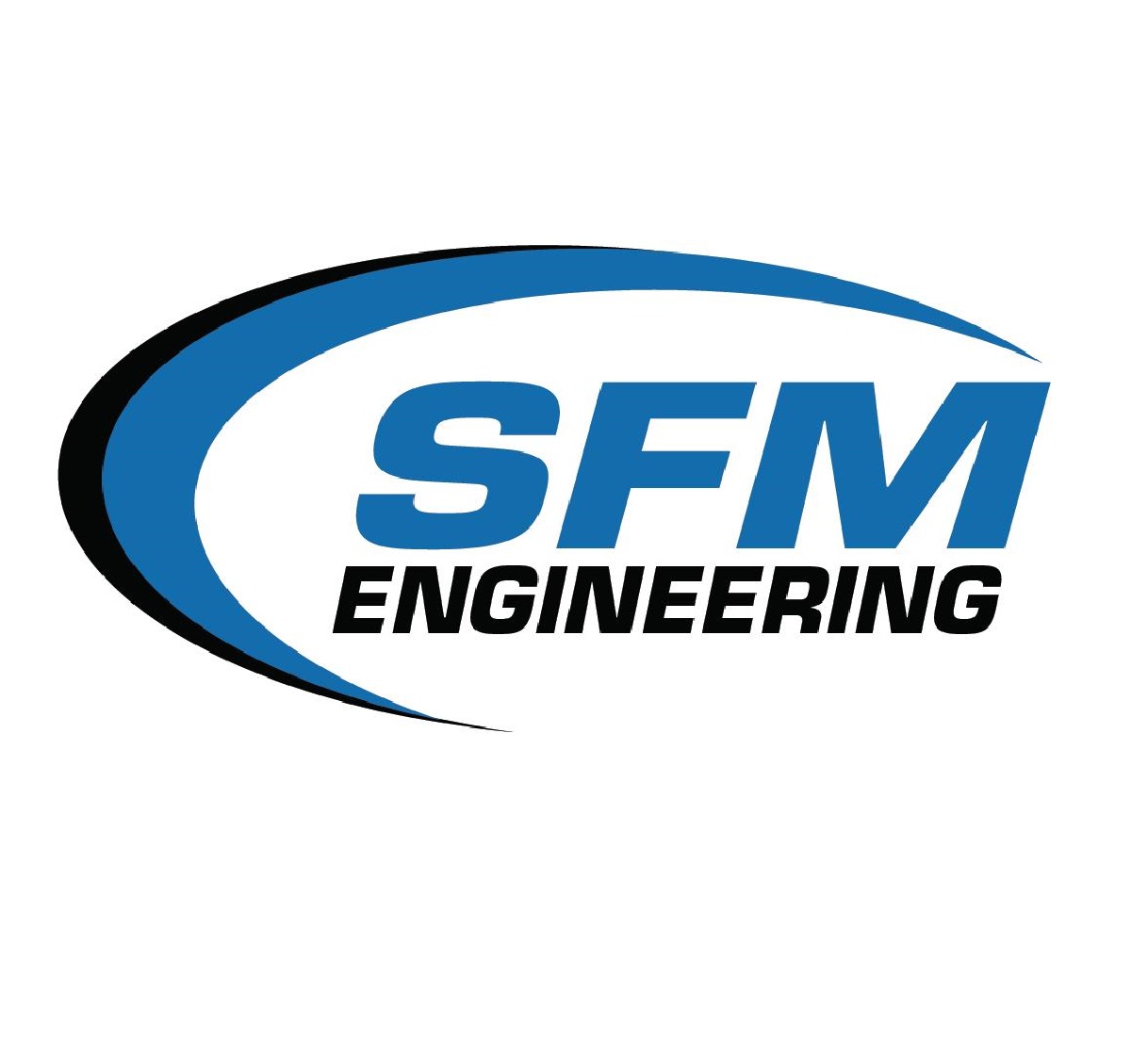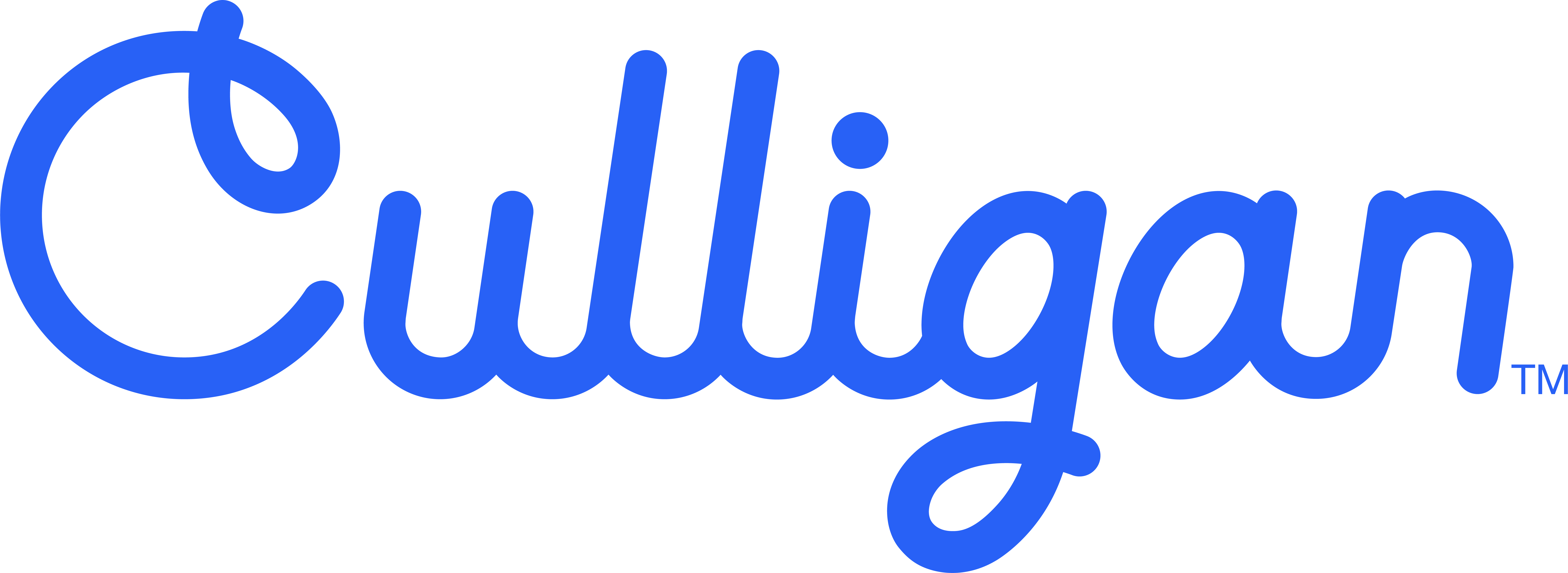Title Page
-
Site conducted
-
Completed by
-
Location
-
Date
-
Model
-
Serial Number
-
Hour Meter Reading
-
OVERHEAD GUARD - Are there broken welds, missing bolts or damaged areas?
-
BLOW DOWN – The Forklift Truck has been blown down.
-
HYDRAULIC CYLINDERS - Is there leakage or damage on the lift or tilt cylinders on the mast or attachments?
-
MAST ASSEMBLY – Are there broken welds, cracked or bent areas and worn or missing stops?
-
LIFT CHAINS & ROLLERS – Is there wear, damage or kinks, signs of rust, or any sign that lubrication is required? Is there squeaking?
-
FORKS – Are they cracked, bent, worn or mismatched? Is there excessive oil or water on the forks?
-
TYRES – What do the tyres look like? Are there large cuts that go around the circumference on the tyre? Are there large pieces of rubber missing or separated from the rim? Are there missing lugs? Is there bond separation that may cause slippage?
-
BATTERY CHECK – Are the cell caps and terminal covers in place? Are the cables missing insulation?
-
HYDRAULIC FLUID – Check fluid level.
-
GAUGES – Are they working properly?
-
STEERING – Is there excessive free play? If power steering, is the pump working?
-
BRAKES – If pedal goes all the way to the floor when you apply the service brake, that is the first indicator that the brakes are bad. Brakes should work in reverse also. Does the parking brake work? The truck should not be capable of movement when the parking brake is engaged.
-
HORN – Does the horn work?
-
LIGHTS – If equipped with lights, are they working?
-
SAFETY SEAT & SEAT BELT – If the truck is equipped with a safety seat, is it working? If the seat is equipped with a seat belt, is it working properly?
-
LOAD HANDLING ATTACHMENTS – Is there hesitation when hoisting or lowering the forks, when using the forward or backward tilt, or the lateral travel on the side shift? Is there excessive oil on the cylinders?
-
ENGINE OIL – Check engine oil level.
-
ENGINE COOLANT – Visually check the level. Note: Never remove the radiator cap to check the coolant level when the engine is running or while the engine is hot. Stand to the side and turn your face away. Always use a glove or rag to protect your hand.
-
TRANSMISSION FLUID – Check fluid level.
-
CONTROL LEVER(S) – Do the levers operate properly?
-
AIR FILTERS – These are to be taken out and cleaned.
-
RADIATOR & ENGINE – Power hosed and cleaned.
-
MIRRORS - Are all mirrors fitted and adjusted correctly? Are the mirrors clean with no cracks or damage?













